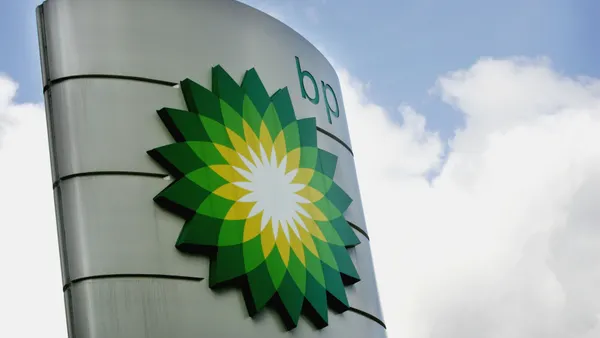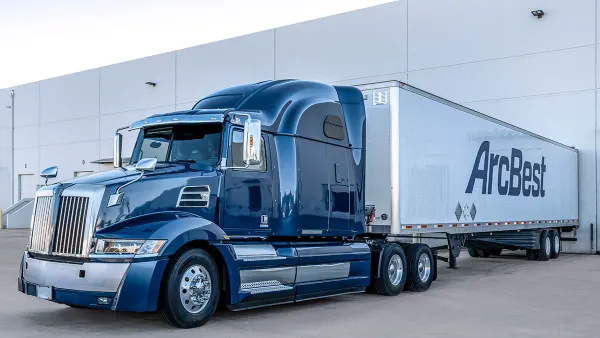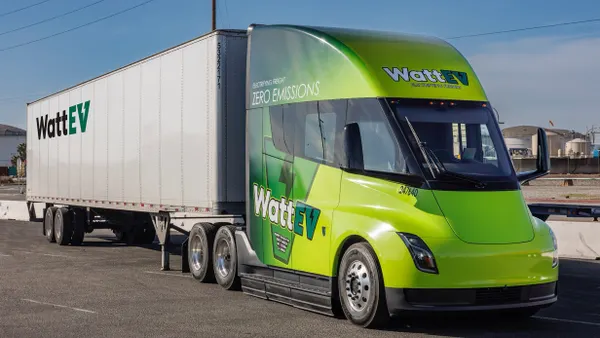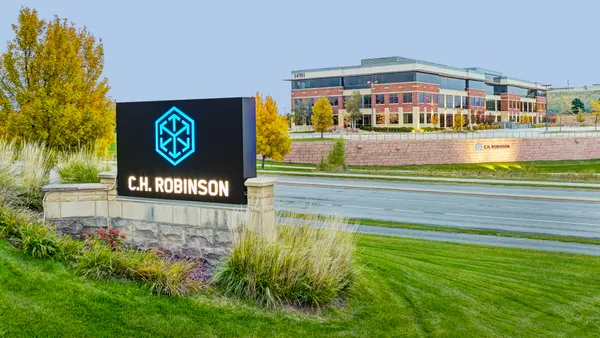To support the electrification of heavy-duty truck fleets, utilities must design commercial EV charging rates that encourage charging during off-peak hours and enable public charging stations to offer predictable rates, the National Association of Regulatory Utility Commissioners said in a report.
The group published the paper through its Regulatory Training Initiative. The authors are representatives from eMobility Advisors, CALSTART, the National Consumer Law Center and Natural Resources Defense Council.
“In short, utilities should design new commercial EV rates that provide significant fuel cost savings to drivers and fleet operators who charge in a manner that supports the electric grid, reflect the underlying marginal costs of serving commercial EV load, and avoid traditional demand charges,” Miles Muller, an NRDC attorney and one of the report’s authors, wrote in a Jan. 16 blog post.
The strategy could help mitigate EV trucks’ expected strain on the U.S. power grid. Electrifying long-haul truck runs alone on today’s roadways would require about one-tenth of the nation’s power generation, according to the American Transportation Research Institute.
Smart commercial EV charging rate design is “crucial to the business case” for electrifying medium and heavy-duty fleet vehicles, which offers benefits to people who live nearby, the utility commissioners association’s report said.
“[It] can provide much-needed pollution relief to the low-income communities that often live near freeways, ports, railyards, and other facilities that generate significant levels of engine exhaust,” the report said.
Demand charges associated with peak demand can help utilities recover their costs, but because DC fast charging stations are – at least for now – often used sporadically, they can leave charging station operators struggling to profit. RMI released a study in 2017 showing demand charges could be responsible for over 90% of a charging station’s electricity costs.
President Joe Biden has made transportation electrification a priority and the bipartisan infrastructure law in 2021 amended the Public Utility Regulatory Policies Act to require state regulators to consider rates that would encourage EV adoption.
“This NARUC paper explores potential rate design options that may increase EV adoption,” the group’s executive director, Greg White, said in a statement. “Thoughtful rate design can unlock the environmental benefits of increased electric vehicle usage by encouraging charging during periods when the grid is underutilized.”
Public DC fast charging station operators “may have particular difficulty adapting their business model to dynamic rates that fluctuate on an hourly basis rather than the fixed schedule of [time of use] rates,” the report said. “Public DC fast charging stations are generally reluctant to charge their customers dynamic rates, since EV drivers prefer predictable and relatively stable electricity prices. If dynamic price signals are passed through to drivers, their ability to respond may be limited.”
“Highly predictable” time of use energy rates may be a good alternative approach, the report recommended, “since these rates are highly predictable and can be clearly communicated to drivers.”
Colin Campbell contributed to this story.












